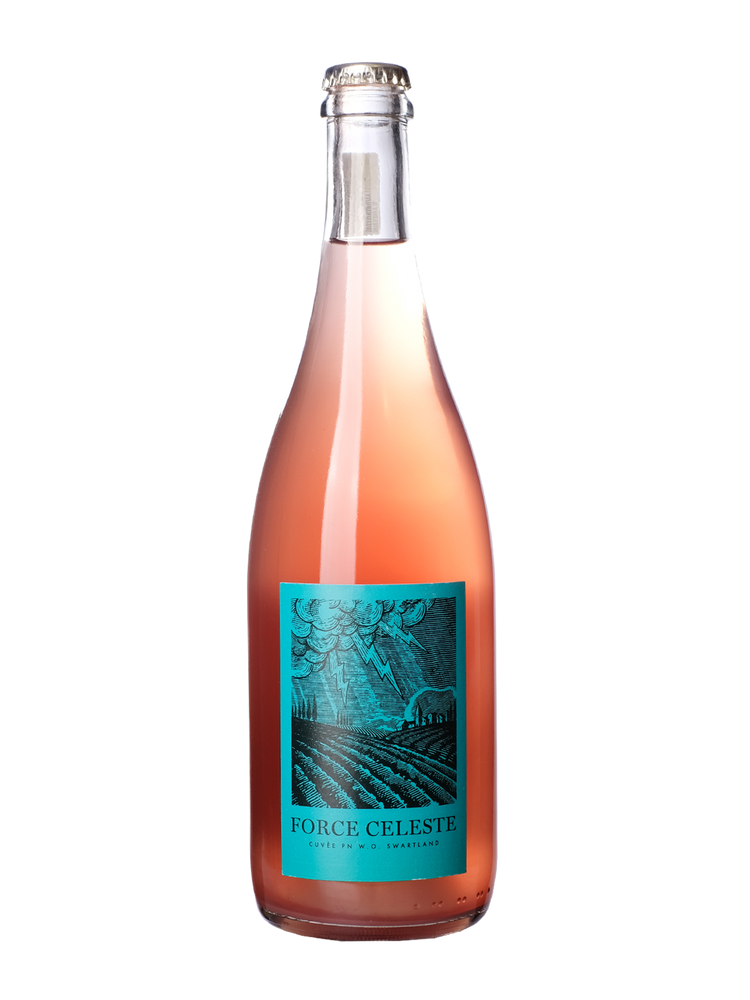What on earth is a Pét-Nat when it's at home? And why is it different to other kinds of sparkling wine? We asked the wonderful Jo Lory, Master of Wine student and The Sourcing Table knowledge hub, to dig into this intriguing style of fizz. Let's Chat Pét-Nat!
You might have spotted them in your local wine bar or deli - champagne style bottle, beer style metal cap, eye catching label... is this some trendy ‘New World’ wine import? Well no, this style of sparkling wine, known as Pétillant Naturel or ‘Pet-Nat’ for short, is made by a method so old that the French term for it is Méthode Ancestrale (the Ancestral Method).
How is it different from other sparkling wines?
Many sparkling wines, such as Champagne, are made using the traditional method. Here winemakers add sugar and yeast (called the liqueur de tirage) to dry, still wine to trigger a second fermentation in bottle and produce bubbles. Unlike this method, Pét-Nat works by bottling wine that is only partially fermented (some yeast and sugar remains), so fermentation continues in the bottle. However, as the remaining amount of grape sugar is lower than for a liqueur de tirage, the amount of CO2 produced is less, so Pét-Nats often have a softer fizz than a fully bottle fermented wine.
Another difference is that Pét-Nats are often not disgorged - disgorgement is the removal of the light sediment made from the spent yeast cells and fragments of grape skin from each bottle - if this sediment is left in the bottle, they'll be slightly cloudy. This gives you a choice when you serve them: carefully pour and leave the sediment in the bottle; or upend it and enjoy the 'autolytic', bready flavours and texture offered by the yeasts.

How do they taste?
In a word: diverse. They can be made from any number of grapes, in styles ranging from unfiltered and full of sediment to clean-as-a-whistle. They often have slightly less alcohol from not adding the extra sugar, there may be a touch of residual sweetness, and the flavours are fruit led: nectarine and lemons in white varieties or raspberry and forest fruits in the varying shades of pink. If you want to dip your toe in the Pét-Nat pool, we have a great selection on the Sourcing Table.
The Loire is a hot spot for the style, organic producer Frantz Saumon makes some of the best in the region. His bright berry infused La Cave se Rebiffe Pét-Nat Rosé made from Gamay, Grolleau and Cot (Malbec) has been disgorged so it is crystal clear, with creamy red berry fruit making for a wonderful aperitif. Moving south-east to the Mâconnais the Bret Brothers, best known for some pretty serious Chardonnays from their family estate Domaine de la Soufrandière, are making some more experimental cuvees like their ‘Bret Nat'. Bright gold, with a vibrant fruity nose balanced by a savoury salinity, it shows that top quality fruit and skilled winemaking can take Pét-Nats to the next level in terms of quality and complexity…who says Pét-Nat's can't express terroir! This is a wine that takes you to the sunny undulating hills of Mâcon, where the Bret's farm biodynamically, making extensive use of cover crops and respecting biodiversity. 
Pét-Nat around the world
The method has been taken up enthusiastically all around the world. In the Swartland dynamic young producer Johan Meyer has taken South Africa's native grape Pinotage and given it a completely original spin. Force Celeste Cuvee Pét-Nat is a joyful slightly hazy salmon-pink rosé, with aromas of raspberries, blood orange and earthy rhubarb. Fresh with crunchy cranberry and a savoury edge it's the most moreish Pét-Nat I've tried, delicious and dangerously drinkable at only 11%! In Portugal Marcio Lopes, best known for his mouth-watering Vinho Verdes, takes the local Louriero grape to make an energetic juicy Pét-Nat which he labels as Ancestral.
Italy also has a long tradition of ‘Metodo Ancestrale’ and bottle fermented ‘frizzantes’ wines, like Col Fondo (unfiltered Prosecco) and Lambrusco. In Italy’s Veneto region, young winemaker Marco Barba is bringing together an eclectic blend of Riesling, Moscatel, Glera and Gargenega to make Barbabolla a zippy, citrusy fizz with a refreshing kick of acidity which has become my aperitif du jour.
It's tempting to think of Pét-Nat’s as fun summertime picnic wines, and they certainly work well for that, but there is a whole range of styles out there from funky to more classic proving the excitement and versatility of this popular style.


